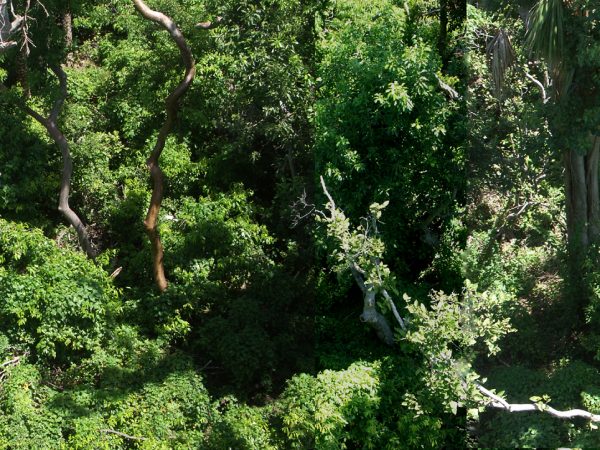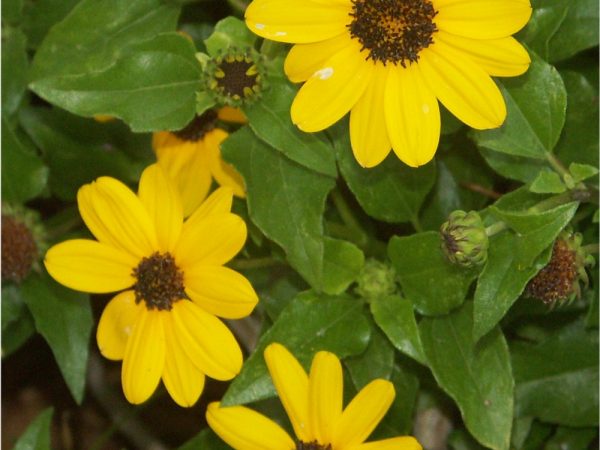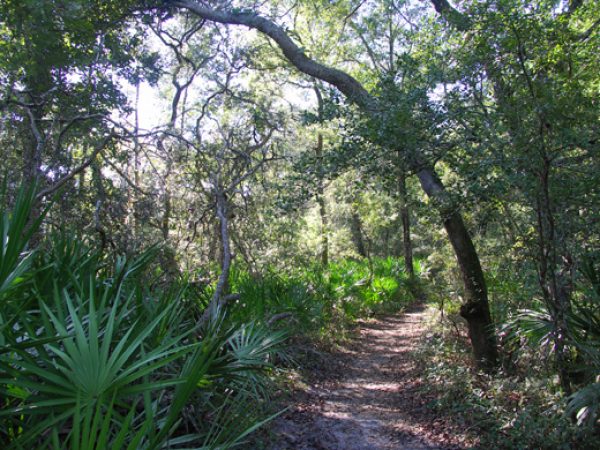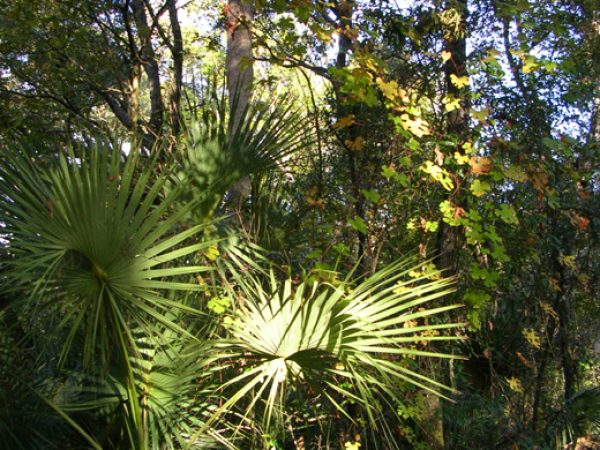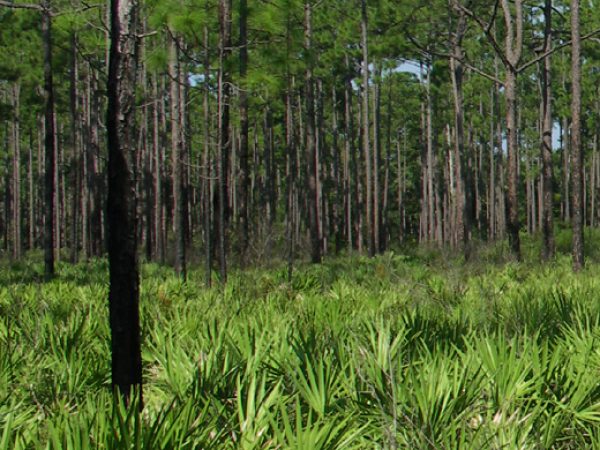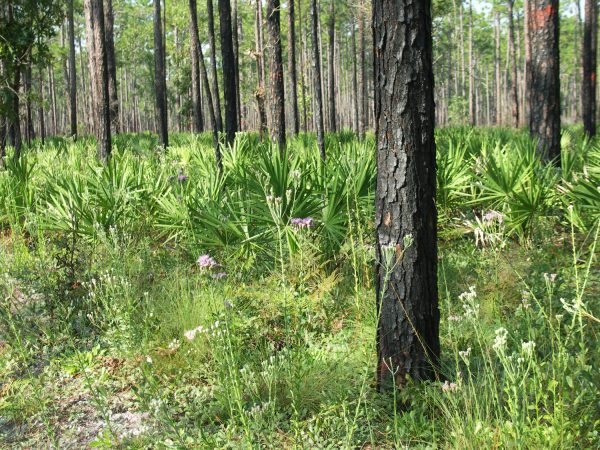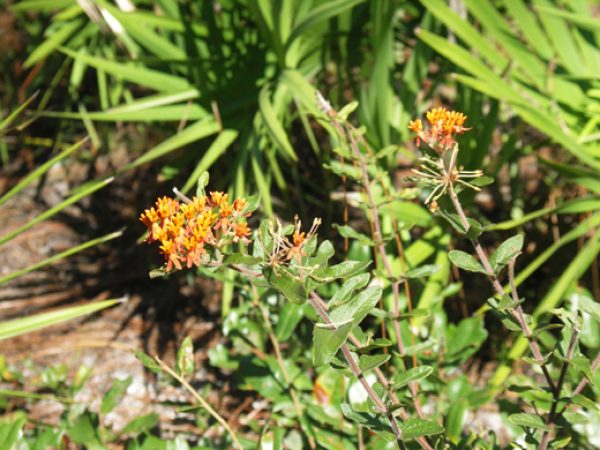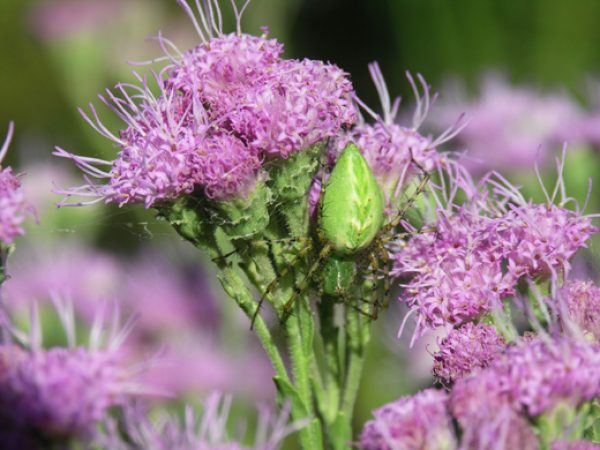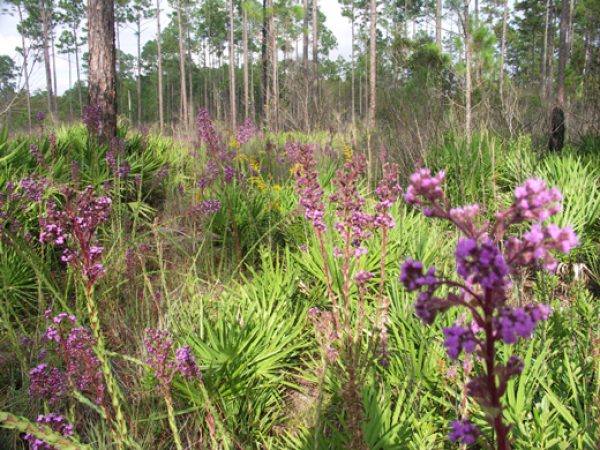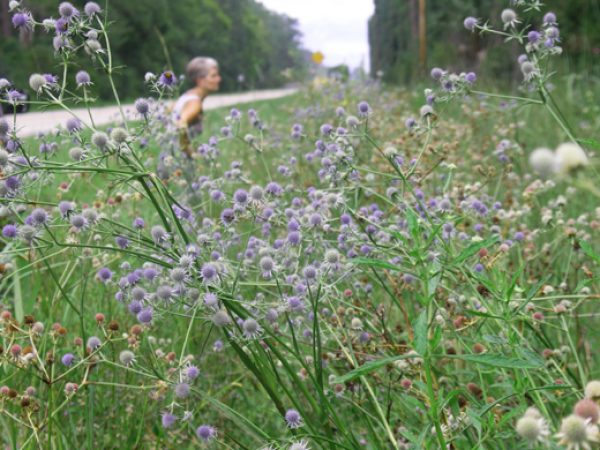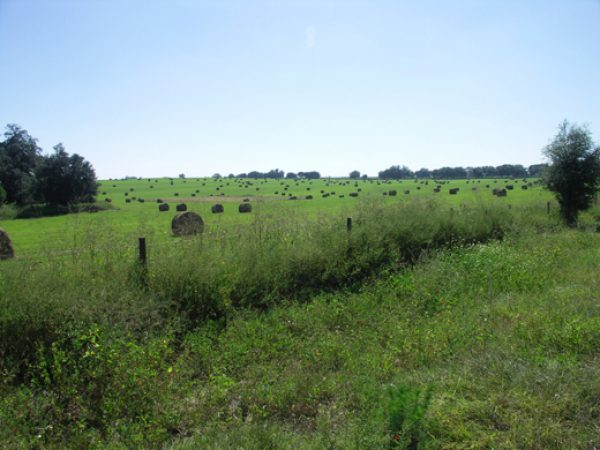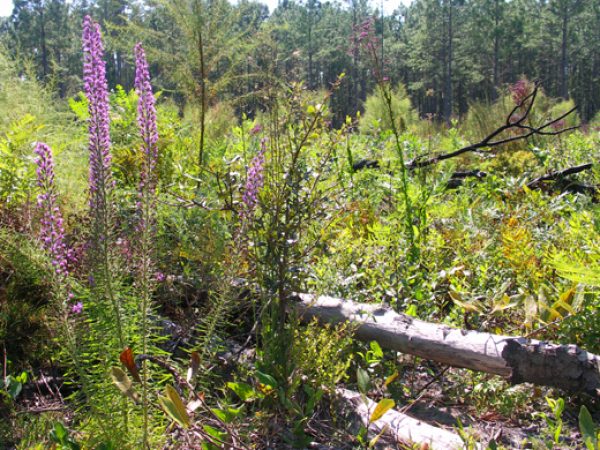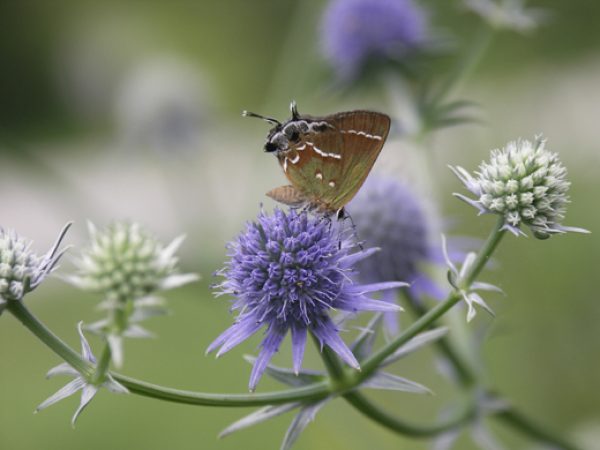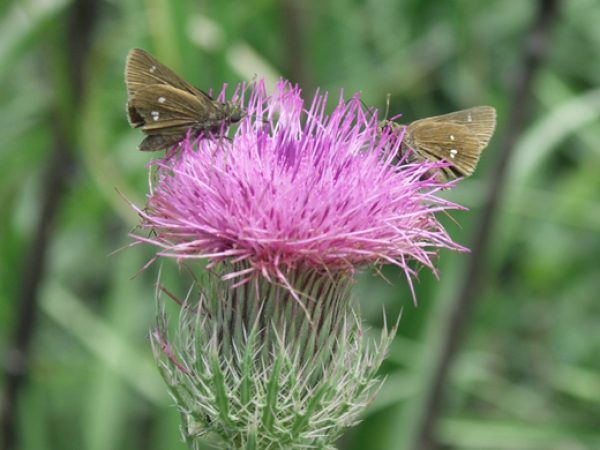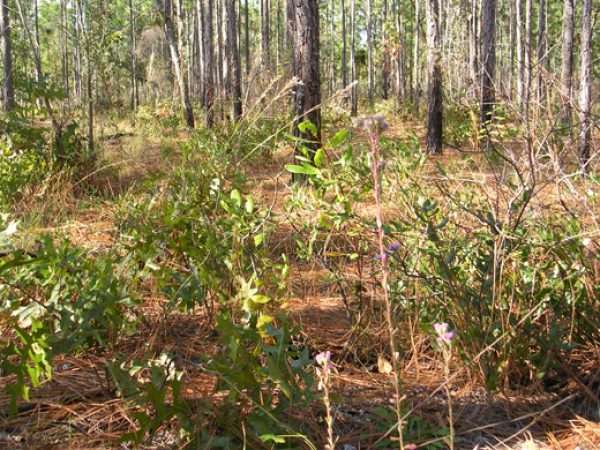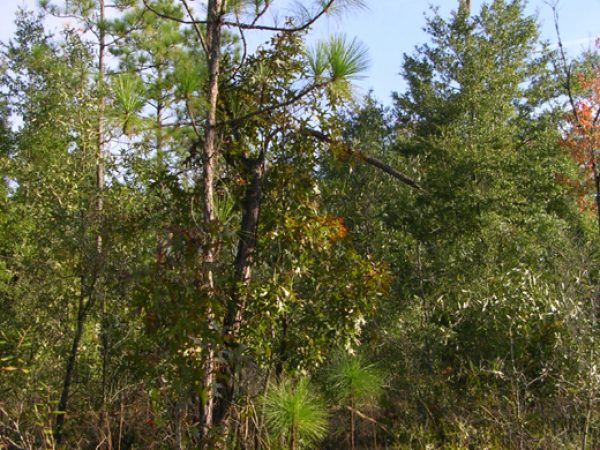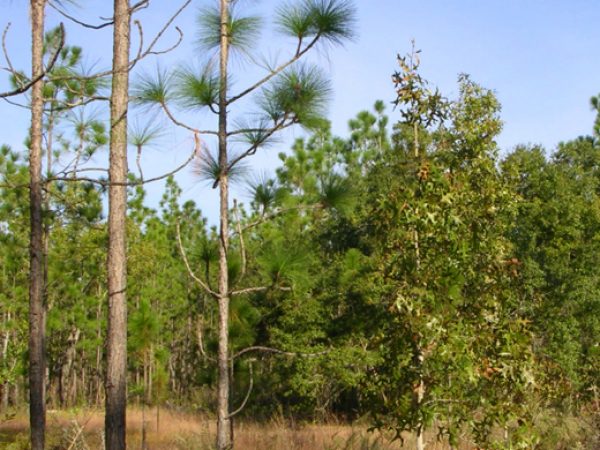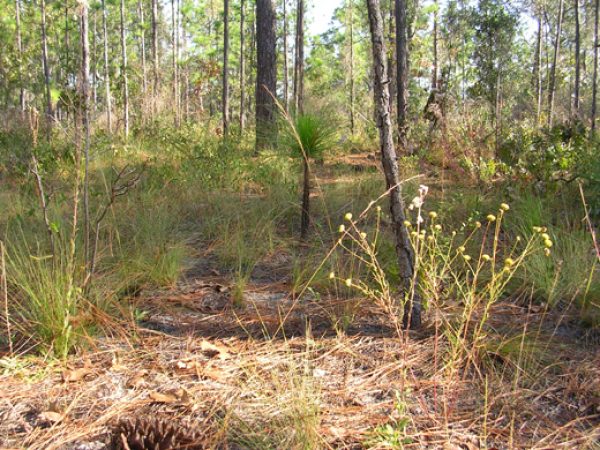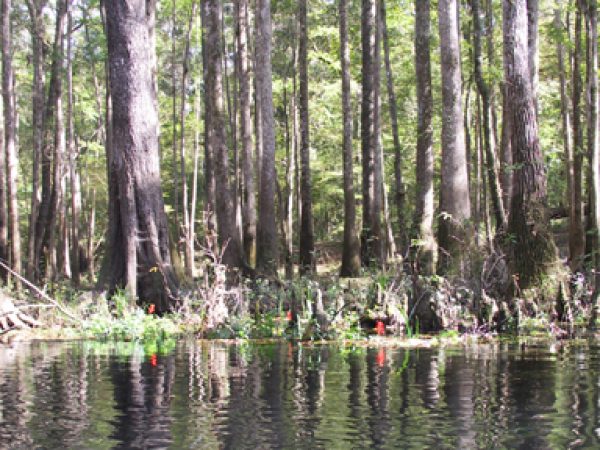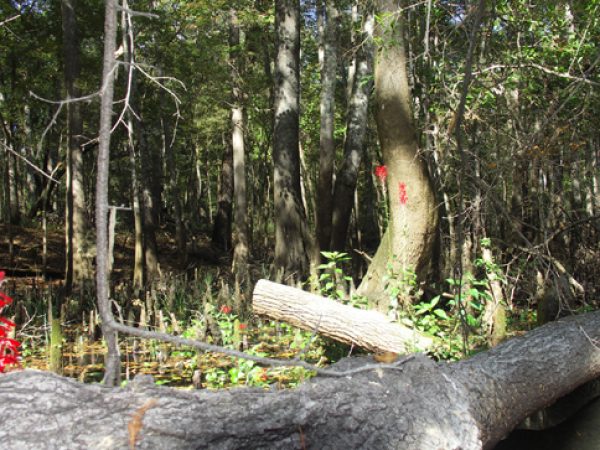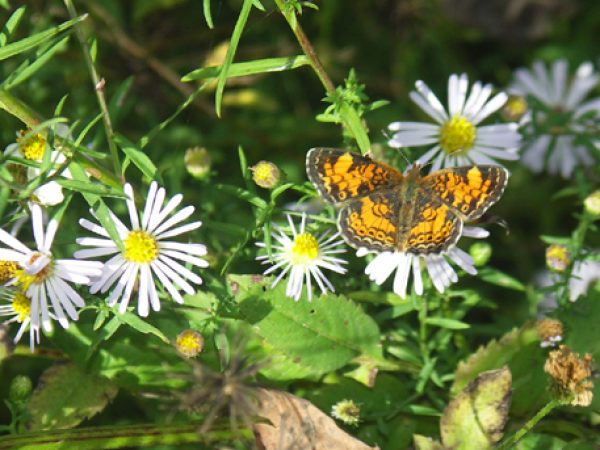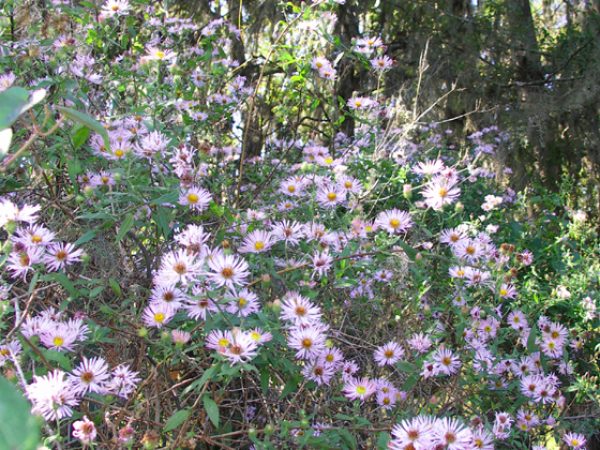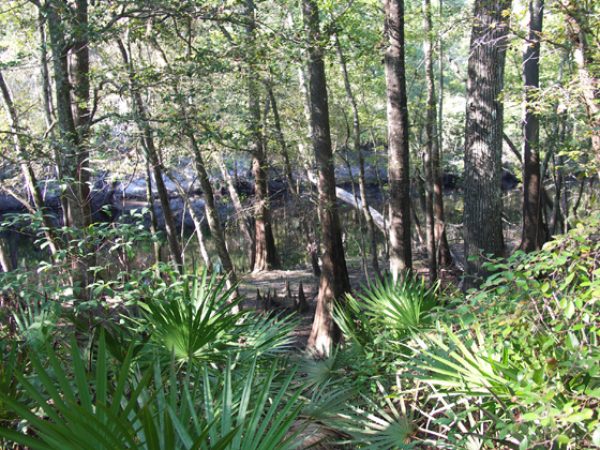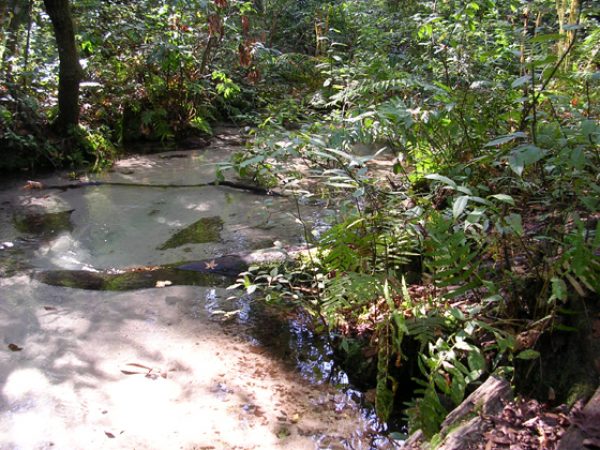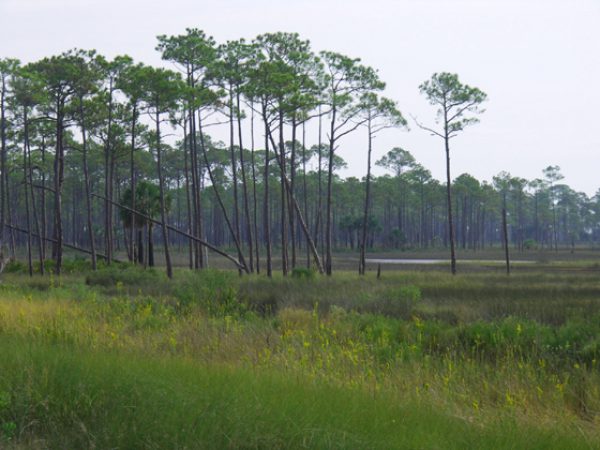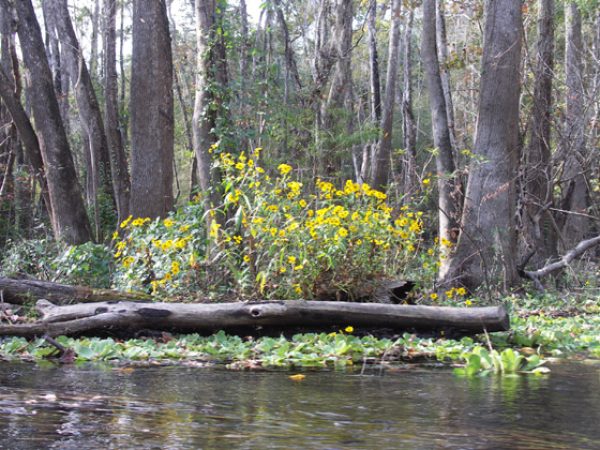Coastal Uplands
Beaches, dunes, coastal hammocks, and shell middens are found along the coastline and barrier islands of Florida. Plants growing in coastal uplands must be tolerant of salt spray and drought.
Hardwood Forests
Wide variation in make-up, sometimes called hammocks and might be referred to as “woods,” they occur on moist, well-drained but relatively rich soils. Typically with a closed canopy but a diverse understory and a surprisingly large variety of wildflowers.
Pine Flatwoods
Poor drainage due to a clay hardpan may result in standing water during wet periods. Fire dependent for a healthy habitat and wide variety of wildflowers.
Ruderal
Disturbed sites such as lawns, vacant lots, fields, pastures, and roadsides are all ruderal sites. Wildflowers found here are sometimes referred to as “weeds.” “In the eye of the beholder…”
Sandhills
Sometimes called savannas, these longleaf pine-turkey oak associations occur on sandy, well drained hills and ridges. Widely spaced trees permit ample sunlight to reach the ground. Plant and butterfly diversity is high. Fire dependent for a healthy habitat.
Wetlands
Wet prairie, marshes, swamps, floodplain forests, wet ditches, pond margins, stream margins. Some wildflowers either tolerate or require wet habitats.
